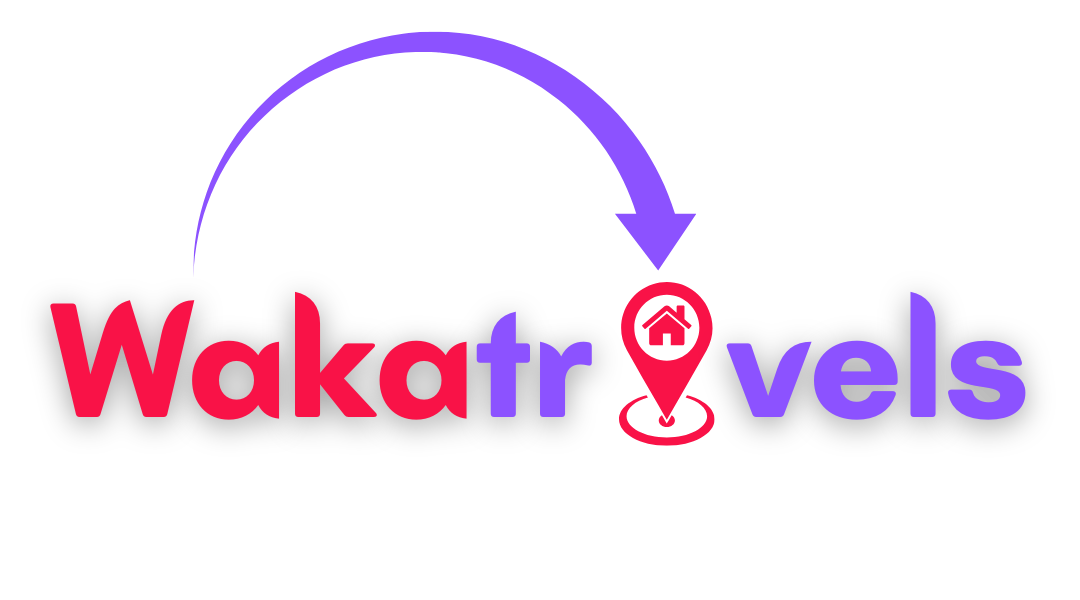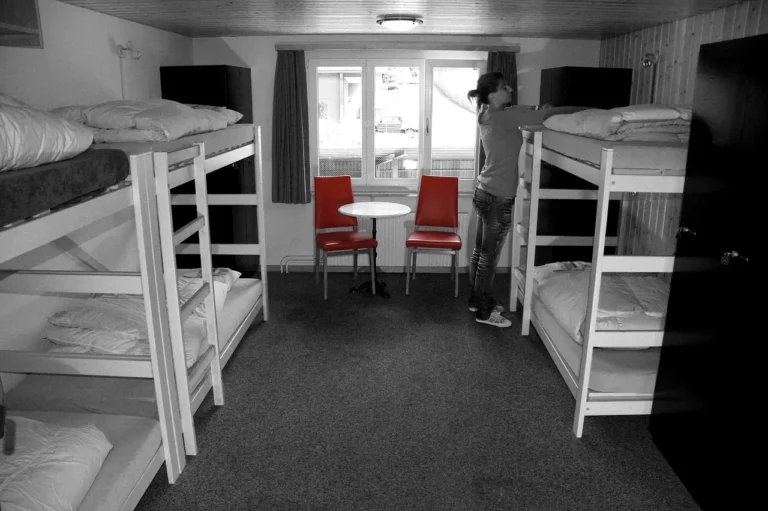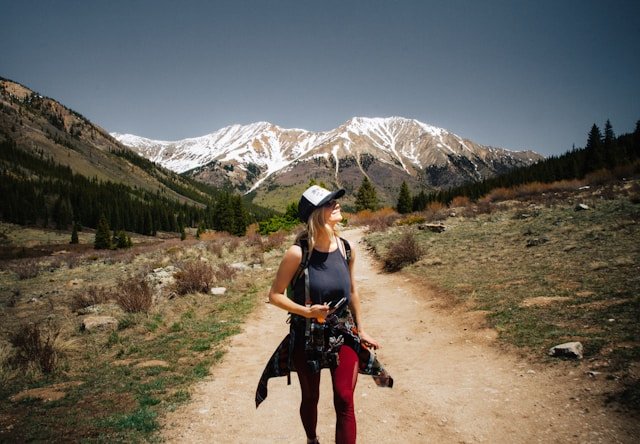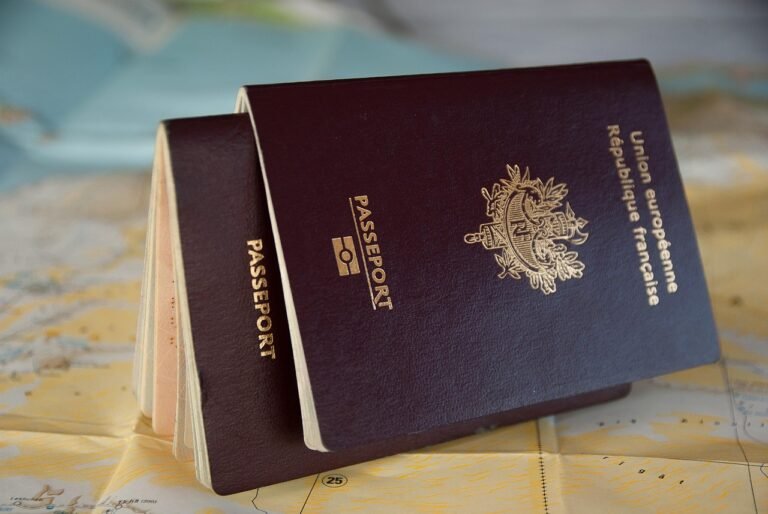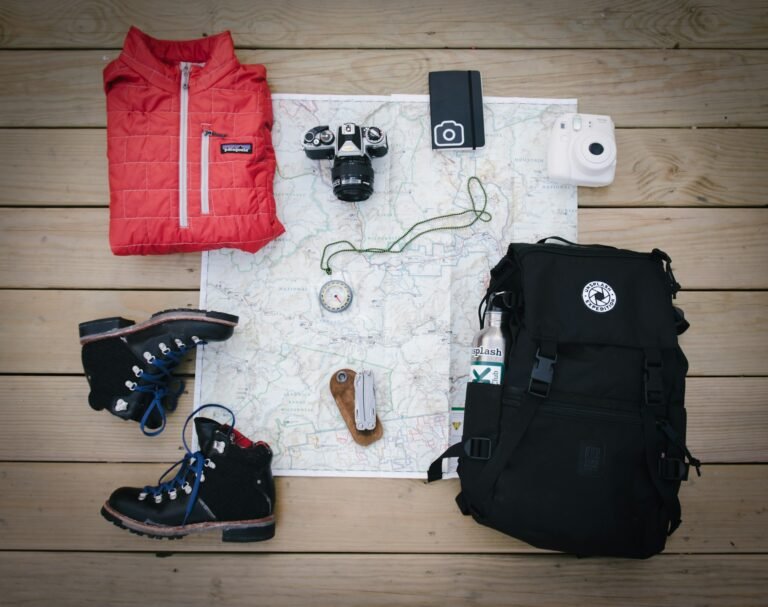There’s a point every year – usually around March – when I find myself staring blankly at my computer screen, daydreaming about being literally anywhere but at my desk. The seasonal affective disorder has mostly worn off, yet the summer months still feel frustratingly distant. This is precisely when I fall into the rabbit hole of vacation planning, obsessively researching destinations as if my sanity depends on it. (Spoiler alert: it absolutely does.)
If you’re anything like me, planning your summer holiday is equal parts exhilarating and overwhelming. We want those precious vacation days to count – really count – yet the sheer volume of decisions can turn what should be a joyful process into something resembling a part-time job. Flight options blur together, accommodation reviews contradict each other, and suddenly you’re fifteen tabs deep wondering if you really need travel insurance. (You do, by the way. Trust me on this one.)
Having learned the hard way through vacation disasters spanning three continents, I’ve developed a system that transforms holiday planning from chaotic guesswork into something approaching an art form. Consider this your unofficial masterclass in summer holiday planning – the tricks and techniques that separate the amateurs from the vacation virtuosos.
The Psychology Behind Perfect Summer Holiday Planning
Before diving into tactical advice, let’s acknowledge something rarely discussed: effective vacation planning isn’t just about logistics – it’s deeply psychological. The anticipation of a trip can generate almost as much happiness as the trip itself, according to research from Cornell University. I’ve found this to be profoundly true when I book trips months in advance – those random Tuesday afternoons when work feels impossible become bearable because “I’ll be in Portugal in 73 days.”
However, this pre-trip happiness only happens when planning doesn’t become its own source of stress. The sweet spot exists between planning too little (landing in Barcelona with no accommodation booked during festival season – a mistake I’ll never repeat) and over-planning every minute (my color-coded Rome itinerary that I abandoned by day two).
Timing Your Booking: The Science of Savings
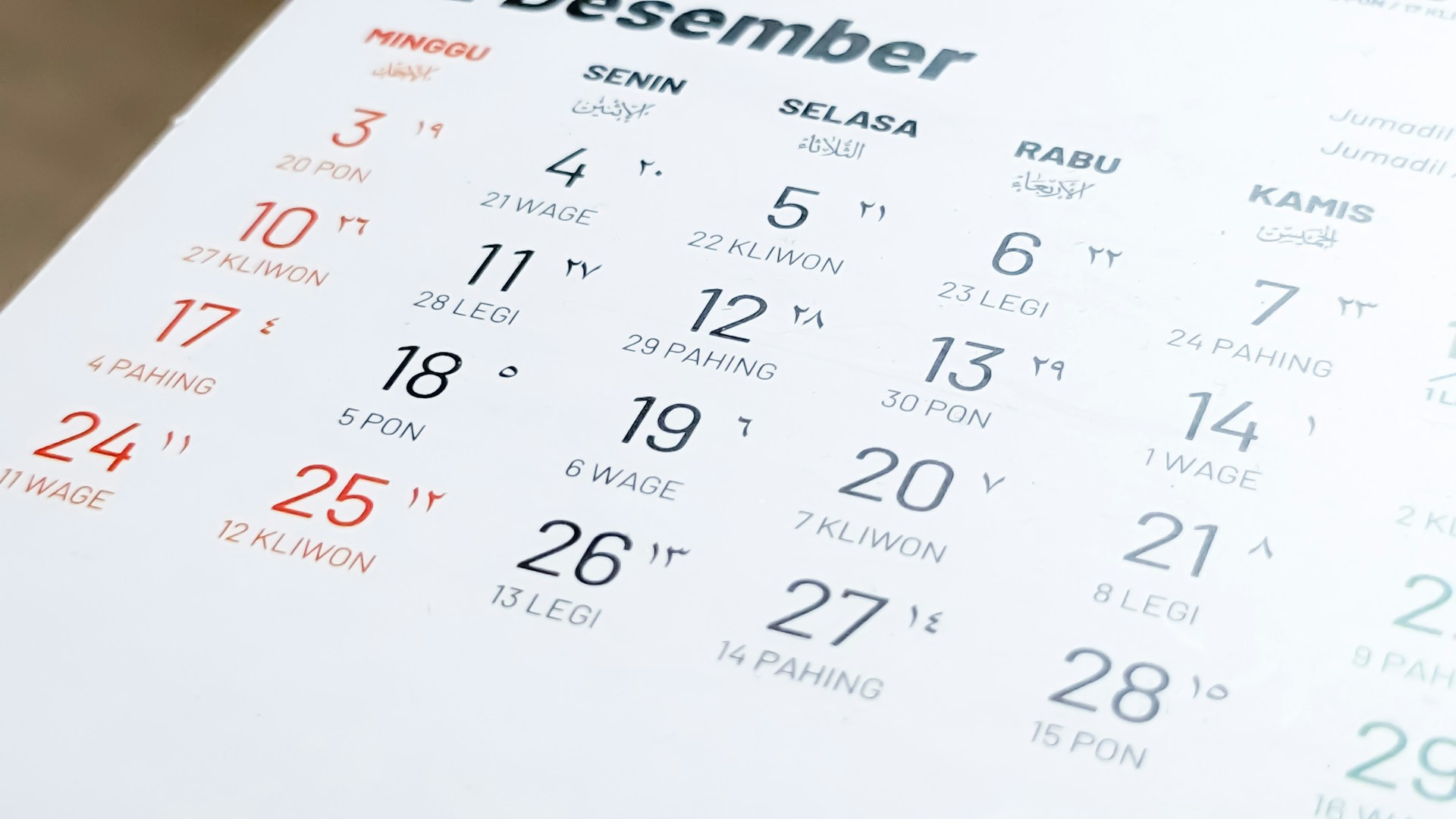
Let’s explode one persistent myth: booking ultra-early doesn’t always save money. The optimal booking window for summer flights to Europe is typically 3-4 months before departure, while domestic flights within the US or UK often hit their price sweet spot 6-8 weeks out. Airlines use sophisticated algorithms that adjust prices based on demand, so counter-intuitively, booking 11 months in advance can sometimes be more expensive than waiting.
I’ve found the absolute best flight deals using a combination of:
- Setting price alerts on Skyscanner or Google Flights
- Searching in private browsing mode (yes, cookie tracking affects prices)
- Being flexible with dates – sometimes shifting departure by just one day can save hundreds
Last summer, I saved $340 on flights to Greece simply by departing on Tuesday instead of Saturday and using multiple fare alerts. The money I didn’t spend on transportation funded an unforgettable sailing excursion around Milos – a much better use of resources than giving it to an airline.
Accommodation Strategy: Beyond the Obvious
Hotel booking platforms want you to believe your options are limited to whatever appears on their first page of results. This creates artificial scarcity (“Only 2 rooms left!”) and drives hasty decisions. I’ve developed a more measured approach that consistently yields better results:
For city destinations, I book refundable accommodations early, then set a calendar reminder to check prices again 4-6 weeks before the trip. About 30% of the time, prices drop as hotels try to fill unsold inventory. I cancel and rebook at the lower rate – a strategy that saved me €200 in Amsterdam last June.
For beach destinations or resort areas, the opposite often holds true – prices typically rise as availability decreases, especially for premium locations. Here, early booking generally wins, particularly if you can secure free cancellation.
Some of my best accommodation finds haven’t come from the major platforms at all. Smaller regional booking sites like Welcome to the Jungle House (for Southeast Asia) or vacation rental companies specific to certain destinations often have exclusive properties and better rates than the global giants.
Packing Philosophy: The Art of Less
I once watched a friend unpack seventeen shirts for a five-day trip to Miami. When questioned, she defended herself with “but what if I want options?” By day three, she’d worn exactly three shirts and complained about lugging her oversized suitcase through South Beach.
The most liberating vacation hack I’ve adopted is ruthless packing minimalism. Not just for the practicality of navigating cobblestone streets or train stations, but because decision fatigue is real – even on vacation. The mental energy saved by not choosing between seventeen shirts creates space for more meaningful decisions, like whether to take that impromptu boat trip or try the restaurant recommended by locals.
My packing strategy revolves around versatile pieces that can be dressed up or down and layered according to weather changes. Three bottoms, five tops, one dress-up option, and accessories that transform outfits dramatically while taking minimal space. Everything must coordinate with at least three other items.
The result? A carry-on bag even for two-week journeys, faster airport experiences, and the ability to spontaneously change accommodations or locations without the logistical nightmare of heavy luggage.
The Itinerary Sweet Spot
The biggest mindset shift that transformed my vacations came when I abandoned the completist approach to sightseeing. There’s a peculiar pressure – perhaps fueled by social media – to see everything a destination offers. The result is often a blur of monuments and museums without truly experiencing any of them.
Instead, I’ve embraced what I call the “depth over breadth” philosophy. For any destination, I identify:
- One must-see attraction per day
- One activity that involves interaction with locals or local culture
- One block of unscheduled time for serendipitous discovery
This framework provides structure without suffocation. When I visited Lisbon using this approach, I had time to follow a fado singer’s recommendation to a tiny restaurant in Alfama that wasn’t in any guidebook – an experience that became the highlight of my trip.
The Local Connection Advantage
The single greatest differentiator between good vacations and transformative ones is meaningful local interaction. Yet most travelers rely exclusively on tourist information centers, major review sites, and guidebooks – resources that, while useful, inevitably lead to standardized experiences.
Before any trip, I now identify ways to connect with locals:
- Local food tours led by residents, not international companies
- Workshops teaching regional crafts or cooking techniques
- Language exchange meetups (even with minimal language skills)
- Community events happening during my visit
During a recent trip to Sicily, I signed up for a cooking class in a family home rather than a polished cooking school. Not only did I learn authentic techniques for making arancini, but the family invited several participants to join them for a community festival that evening – an experience inaccessible to typical tourists.
Digital Detox vs. Tech Enhancement
The tension between wanting to disconnect while traveling and using technology to enhance experiences is very real. After experimenting with both extremes – from complete digital detox to obsessive documentation – I’ve found a middle path that works remarkably well.
I schedule specific “phone-free” blocks each day (typically mornings and mealtimes) while using technology intentionally at other times. Apps like Google Maps with downloaded offline areas, currency converters, and translation tools genuinely enhance travel experiences when used purposefully.
One game-changing habit: at the end of each day, I spend 10 minutes recording voice notes about memorable moments or observations. This preserves memories far more effectively than photos alone, and listening to these recordings months later brings back sensory details that would otherwise fade.
Budget Management Without Sacrifice
Travel should feel abundant rather than restrictive, regardless of your budget. The key is allocating resources to what truly matters to you while ruthlessly cutting expenses that don’t impact your experience.
When I analyzed my past trips, I realized I valued exceptional food experiences and unique accommodations but cared little about shopping or paid attractions. Now I budget accordingly – skipping souvenir shopping entirely while splurging on memorable meals.
A practical tip that’s saved me hundreds: most destinations have premium experiences that can be enjoyed partially for free. The rooftop bar with stunning views often allows non-guests to enjoy the sunset without purchasing their overpriced cocktails. The luxury hotel with the famous garden typically doesn’t verify if visitors are actually staying there. The exclusive beach club usually doesn’t monitor access from the water side.
This isn’t about breaking rules, but rather understanding that many “exclusive” experiences have accessible components if you’re creative.
When Things Go Wrong: The Resilience Strategy
Perhaps the most valuable vacation skill isn’t planning at all, but knowing how to pivot when plans inevitably collapse. Last summer in Greece, a ferry strike stranded me on an island for two extra days. Rather than letting this derail my trip, I:
- Immediately contacted remaining accommodations to explain the situation
- Found a local café with strong Wi-Fi to work through alternatives
- Embraced the unexpected extension as an opportunity to explore parts of the island I would have missed
What could have been a vacation disaster became one of my favorite travel memories – the two unplanned days included an invitation to a local wedding celebration and discovering a hidden cove that wasn’t in any guidebook.
The true mark of a travel master isn’t perfect execution of plans – it’s graceful adaptation when reality intervenes.
Bringing the Vacation Home
The post-vacation blues are real. The contrast between vacation freedom and work reality can be jarring, but certain practices can extend the psychological benefits of your time away.
Rather than diving immediately back into routine, I schedule a “buffer day” at home before returning to work. This day is treated as an extension of vacation – perhaps enjoying a meal inspired by my trip or looking through photos while the experience is fresh.
I also identify one element of vacation life that could reasonably integrate into regular routine – whether that’s the morning ritual of pastry and people-watching I enjoyed in Paris or the afternoon swim that became habit in Croatia. Building these small vacation elements into everyday life creates micro-moments of that holiday feeling.
Conclusion: Mastering the Art of Summer Holidays
Vacation mastery isn’t about picture-perfect Instagram moments or checking landmarks off lists. It’s about creating space for genuine experiences, managing logistics so they don’t manage you, and developing the flexibility to embrace the unexpected.
The strategies I’ve shared come from years of both brilliant successes and spectacular failures across continents. The common thread is intentionality – making conscious choices about what matters to your unique travel style rather than defaulting to conventional tourism patterns.
As summer approaches, I hope these frameworks help you craft holidays that aren’t just breaks from routine, but genuinely restorative experiences that linger in memory long after your tan fades. After all, the true measure of a great vacation isn’t how it looks in photos, but how it lives in your mind months and years later.
FAQs About Summer Holiday Planning
When is the best time to book summer holidays for maximum savings? For European destinations, booking flights 3-4 months in advance typically offers the best value, while accommodation should be secured 4-6 months ahead, especially for popular coastal areas. For domestic U.S. travel, the sweet spot for flights is usually 6-8 weeks before departure.
How can I find authentic local experiences rather than tourist traps? Look for food tours operated by residents rather than international companies, join cooking classes held in homes rather than commercial kitchens, and use apps like EatWith or WithLocals to connect with residents offering authentic experiences. Local festivals and community events also provide genuine cultural immersion.
What’s the ideal balance between planning and spontaneity for a summer vacation? Plan your accommodation and transportation in advance, plus one “anchor” activity per day. Leave the remaining time open for discoveries and recommendations you’ll gather once there. This 60/40 split between structure and flexibility creates the best combination of security and serendipity.
How can I manage vacation costs without sacrificing experience quality? Identify your personal travel priorities (food, accommodation, activities) and allocate budget accordingly while cutting costs in less important areas. Consider traveling during shoulder seasons (early June or September), using credit card points strategically, and booking accommodations with kitchen facilities to reduce meal costs.
What’s the best strategy for managing work communications while on vacation? Set clear boundaries before departure, using email auto-responders with specific processing times (if necessary) rather than checking continuously. If you must check in, designate specific short time blocks (20 minutes maximum) at the beginning or end of the day, preferably every other day rather than daily.
How can I pack efficiently for multiple summer destinations with different conditions? Use the “5-4-3-2-1” method: five pairs of underwear/socks, four tops, three bottoms, two pairs of shoes, and one dressy outfit. Choose a consistent color palette so everything coordinates, and focus on lightweight, quick-dry fabrics that can be layered for different temperatures.
What insurance is actually necessary for summer travel? At minimum, comprehensive travel insurance with emergency medical coverage and evacuation benefits, particularly for international destinations. Consider additional coverage for expensive gear if you’re bringing cameras or electronics, and trip interruption insurance for complex itineraries with multiple connections.
How can I find less crowded alternatives to popular summer destinations? Research “sister cities” near major destinations (Bologna instead of Florence, Antibes instead of Nice), or look for destinations that will be “next year’s hotspot” according to travel publications. Alternative timing also helps – visit popular spots midweek or during dinner hours to avoid the largest crowds.
What’s the best approach to creating vacation memories beyond photos? Keep a brief daily journal using voice notes rather than writing, collect small free mementos like transportation tickets or cafe receipts, and practice “sensory cataloging” – making mental notes of specific sounds, smells, and textures unique to your destination.
How can I reduce environmental impact while still enjoying summer travel? Choose direct flights when possible (takeoff and landing create the most emissions), use public transportation at your destination, bring reusable water bottles and shopping bags, and support accommodations with verifiable sustainability practices rather than those just using eco-friendly marketing language.
Top Summer Vacation Tools and Resources
- Google Flights Explore – https://www.google.com/travel/explore Invaluable for finding flight deals when you’re flexible about destinations or dates.
- Hotel Tonight – https://www.hoteltonight.com Perfect for last-minute accommodation deals, often at luxury properties trying to fill unsold rooms.
- Rome2Rio – https://www.rome2rio.com Comprehensive transportation planning tool showing all possible routes between destinations, including combinations of trains, buses, and ferries.
- TripAdvisor Forums – https://www.tripadvisor.com/ForumHome While the reviews can be hit-or-miss, the destination-specific forums contain invaluable advice from locals and frequent visitors.
- WithLocals – https://www.withlocals.com Platform connecting travelers with local hosts offering personalized experiences from cooking classes to neighborhood tours.
- PackPoint – https://www.packpnt.com Smart packing app that generates customized packing lists based on destination, activities, and weather forecasts.
- XE Currency – https://www.xe.com The most reliable currency converter with offline functionality for tracking expenses without data roaming.
- TravelSpend – https://travelspend.com Budget tracking app specifically designed for travelers, with country-specific cost averages for better planning.
- GetYourGuide – https://www.getyourguide.com User-friendly platform for booking skip-the-line tickets and unique experiences with flexible cancellation policies.
- Airalo – https://www.airalo.com eSIM service providing affordable local data plans worldwide, eliminating the need for physical SIM cards or expensive roaming.
- SeatGuru – https://www.seatguru.com Essential for selecting the best airplane seats based on legroom, proximity to galleys, and recline capability.
- TraveLibro – https://www.travelibro.com Social network exclusively for travelers, offering itinerary sharing and location-based recommendations.
- HappyCow – https://www.happycow.net Comprehensive resource for finding vegetarian and vegan options worldwide, invaluable for dietary restrictions.
- Flush – https://www.jrustonapps.com/apps/flush Surprisingly essential app showing nearby public restrooms in cities worldwide with user ratings and accessibility information.
- World Time Buddy – https://www.worldtimebuddy.com Visual time zone converter that helps coordinate calls back home or manage complex multi-destination itineraries.
